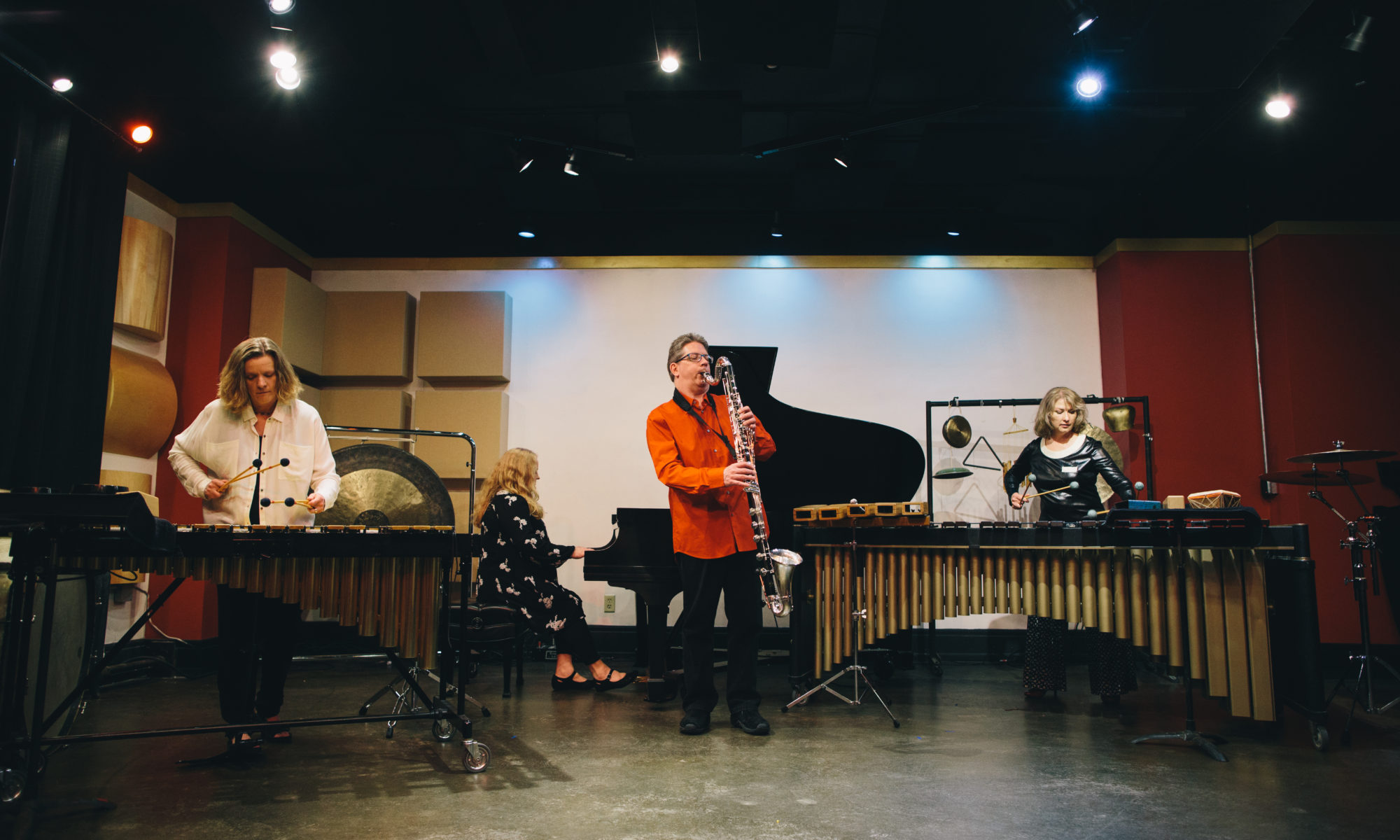Suite No. 2 (1932)
by Johanna Beyer
Beyer’s Suite No. 2, also known as Suite No. 1b, was composed (along with Suite No. 1) in 1932, and is thought to be one of Beyer’s first works. The following descriptive comments for each movement appear on the original manuscript (whether or not these were the composer’s remarks or someone else’s is unclear): I. Giocoso – “Gradual growth of tied tones;” II. Lamentation – “Tones of contrary form of perpetual motion;” III. Contrast – “Contrast of phrases: skippy=steppy.” Movement four, Accelerando, utilizes a series of metric modulations to create an ever-increasing tempo structure. All four movements are written in a freely atonal style that shows an excellent awareness of the technical and expressive possibilities of the clarinet. Beyer utilizes the full range of dynamic, articulative, and registral characteristics of the instrument, resulting in music that is playful, mournful, agitated, and virtuosic.
Johanna M. Beyer (1888-1944) was born in Leipzig and came to New York in 1924. Her personal life remains shrouded in mystery; she seems never to have married, and signed her compositions by the gender-neutral “J. M. Beyer.” She earned degrees from the Mannes School and studied privately with Dane Rudhyar, Charles Seeger, Henry Cowell and Ruth Crawford. She helped out with organizing a variety of new music concerts in New York City and acted as Cowell’s secretary while he was in San Quentin on homosexual “morals” charges. Her friends and colleagues — John Cage, Otto Luening, Percy Grainger, Lou Harrison — found her supportive but difficult to get to know on a personal level. No photograph of her seems to be extant.
Her compositions span the years 1932 to 1943 when she was incapacitated by Lou Gehrig’s Disease. They show a peculiar sensibility in their adaptation of new techniques: serialism, metric modulation, and dissonant counterpoint. They exhibit a Teutonic rigor, verging on inscrutability, that nevertheless has poise, symmetry, motion, and logic. Her works for percussion ensemble are among the earliest examples of Western music structured according to rhythm and timbre.
Suite No. 2 appears on Zeitgeist’s album If Tigers Were Clouds (innova recordings, 2003)
Buy the album:
iTunes
Amazon
Innova Recordings
and at Studio Z

